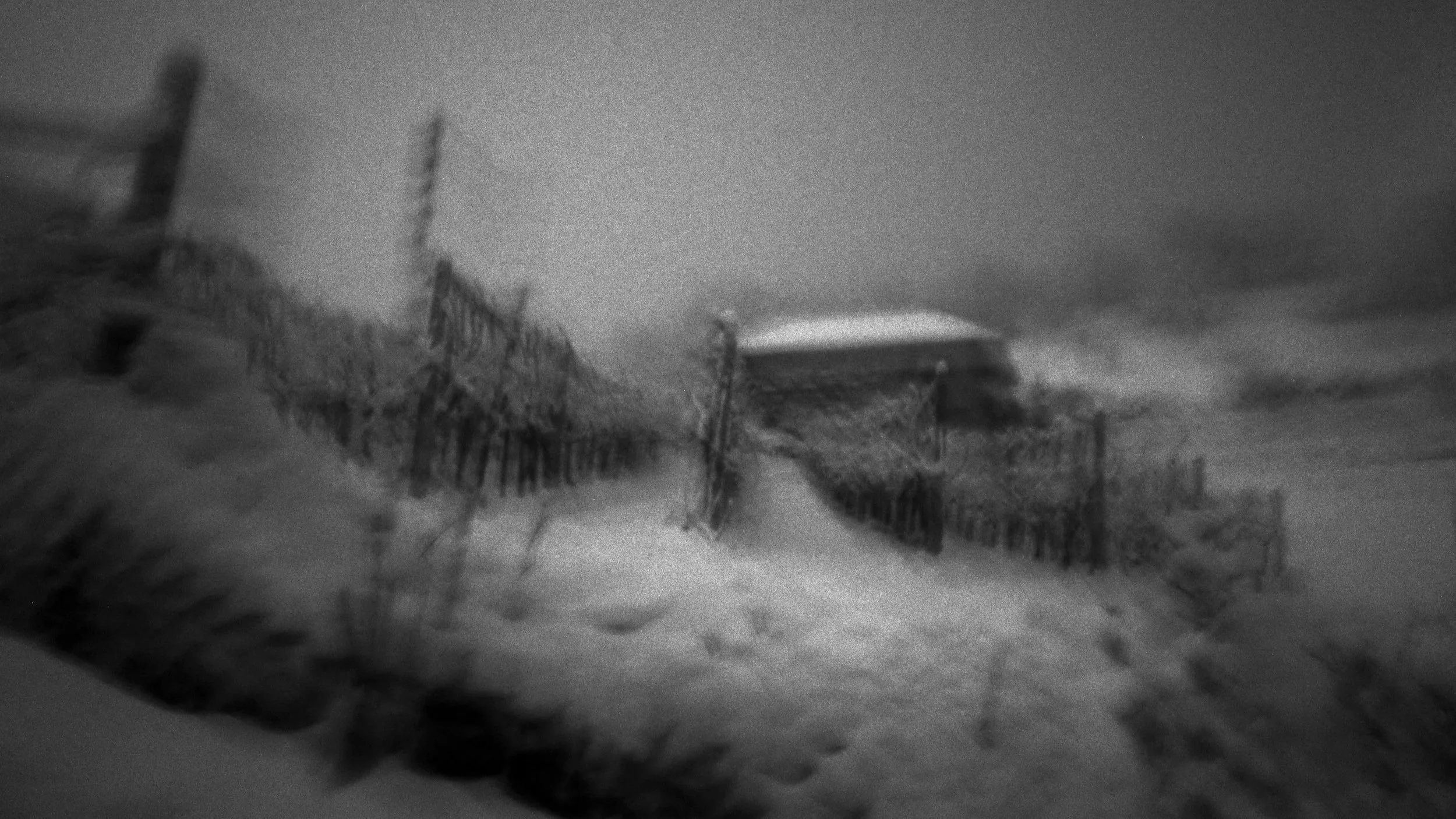The Story of ‘Accidental’ Selfie - How Alec Soth Crafted an ‘Accident’ on Purpose
(This is the story behind the photograph—a glimpse into the moment, the process, and the vision that brought it to life.)
Alec Soth’s ‘accidental’ selfie was a deliberate experiment.
He spent 90 minutes carefully setting up a shot that looked like a mistake. Every detail—the lighting, the colors, the framing—was adjusted with precision. The result? A photograph that feels spontaneous but is actually a product of experience and control. This is what makes Soth’s work so unique: his ability to blend careful planning with the feeling of discovery.
But the process wasn’t just technical—it was personal.
Soth was completely focused on his experiment until a student unexpectedly walked in. In that moment, his private process became public, and he felt the weight of being watched. That experience—balancing creative freedom with self-consciousness—is something every artist can relate to. And that’s why this image matters: it’s a glimpse into the reality of making art.
Alec Soth was teaching at a graduate photography program in Hartford, Connecticut, when he decided to try something new. Known for his travels and portraits of strangers, this time he stayed close to home. As part of his project “Advice for Young Artists”, Soth spent time teaching advanced photographers, many of whom were older due to the program’s structure. While there, he took a break from teaching and found an empty classroom where he could experiment with self-portraits.
“This picture is a bit different from some of the others in terms of where I made it,” Soth explains. “Normally, I’d arrange to visit schools and do that kind of work every year. But in this case, I was teaching at a graduate program in Hartford, Connecticut. These were graduate students, so they were older, and since it was a limited residency program, some of them were quite a bit older—advanced photographers.”
He wanted to contribute to his ongoing project and decided to try something outside his usual style. “While I was there at the school in Hartford, I was also working on this project, and I wanted to take some time to make work for it. So, I found an empty classroom and started playing around,” he recalls. “I was experimenting with self-portraits, something I hadn’t done much of before. I’ve always been interested in those accidental self-portraits, but this one wasn’t accidental at all.”
Soth spent an hour and a half carefully creating this image. Using a Fuji GFX camera connected to an app on his phone, he made adjustments to the lighting, colors, and framing. “I worked so hard to make this picture. You have no idea how much time I spent on it—probably an hour and a half just taking this one shot,” he admits. “What I was really focused on was the interplay of colors—the marbled blue of the table with the blue of my shirt. I was trying to get the light just right so I could still see the cloudy sky outside. I was adjusting everything, experimenting.”
As Soth worked, an unexpected moment interrupted his flow. “In the middle of all this, a student walked in on me,” Soth says. “And this wasn’t just any student—it was one of my graduate students from the program. And I did not want him there. I was totally immersed, having fun figuring this all out, and suddenly, he’s watching me. I was also embarrassed. Because, really, what I was doing was ridiculous—I was staging an accidental picture for an hour and a half. I was having so much fun, but the self-consciousness of having a student watching me was a problem.”
This image required careful technical adjustments. “There’s an on-camera flash. But from a technical standpoint, I had to figure out how to balance it. I was, of course, a million times brighter than the background. So I had to really work to bring up the background while keeping myself from being completely overexposed. It was all about managing that single flash,” he explains.
Soth’s experience as a film photographer influenced how he approached the shot. “Something I’ve been thinking about a lot recently is how, when you’re an 8x10 photographer, you often have to pre-visualize the scene before even setting up the camera. You walk around without a camera, study the space, figure out what lens you’ll need, and then go get the camera. By the time you set it up, you already know roughly where to stand and how the composition will work.”
Although he used digital tools, his approach remained similar to his film days. “The picture I’m showing you was taken on a tripod—almost all the images in this book were. And even though I had my phone to preview the composition, I was still pre-visualizing how I’d bring up the shadows, bring down the highlights, and make the composition work.”
For Soth, photography is about finding a balance between planning and discovery. “It’s funny because this picture looks like an accident, but so much planning went into it,” he reflects. “Even the extreme use of depth of field in this shot—that’s all part of the built-in experience of taking pictures for years. You develop an understanding of what you can do with an image later and what you can’t. Like, if you shoot something backlit, you intuitively know how much detail you’ll be able to pull out later. It’s that kind of thinking.”
The final image, showing a blurred foreground and a sharp focus on a bust, captures both creativity and precision. “The funny thing is, the camera captures a longer exposure, so while I set up the crop and see it in the moment, I know there’s actually more information in the frame. And, honestly, I’ve changed my crops later in the past—there are no hard rules.”
This photograph reflects Soth’s philosophy as an artist: balancing planning with experimentation and embracing both control and vulnerability.
More stories:


